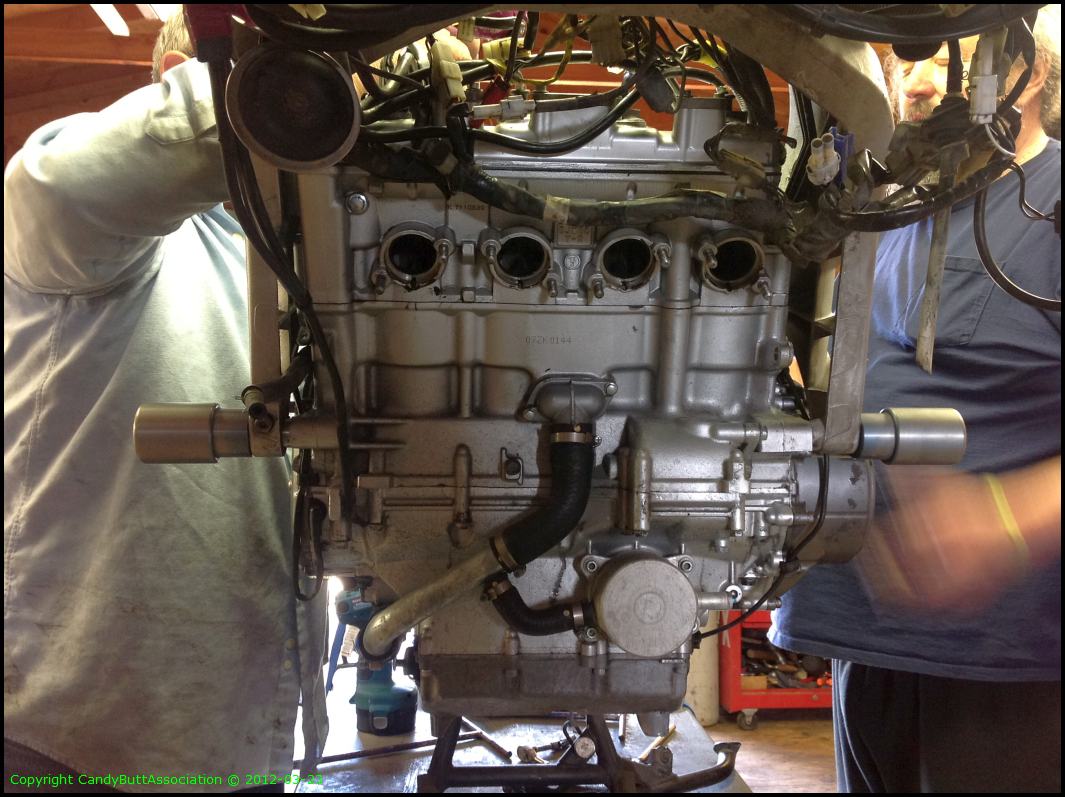Dudewado
Well-known member
I rode from work to the store, and after leaving the store, it turned over very slowly, and wouldn't start. After a couple of tries it cranked enough to start and got me home.
First thing I thought was loose battery cable. They seemed fine, and when I tried, starter turned a little faster and it fired up.
Next day, after being on tender all night, it wouldn't start. Bike has been ridden all winter, off and on and been on tender.
I ASSumed the battery was bad and bought new one. Put it in, charged it overnight and still had slow starter and no start.I tried jumping with two different portable jump starters, with no change.
I have done voltage drop test from battery to both sides of the starter relay, and read about 1/2 volt.
I'm getting ready to start pulling plastic to do more checks and have some questions:
1. Where does the negative battery cable bolt to the frame?
2. How to do voltage drop test on negative cable?
3. Can you get to the positive connection on the starter with the fairings pulled, or do you have to go in from the top and pull air box, fuel rail etc.?
I have Y.E.S. warranty, but closest dealer is 60 miles, and I trust myself to do job more than an unknown.
Any advice that doesn't involve sheep would be appreciated.
John
First thing I thought was loose battery cable. They seemed fine, and when I tried, starter turned a little faster and it fired up.
Next day, after being on tender all night, it wouldn't start. Bike has been ridden all winter, off and on and been on tender.
I ASSumed the battery was bad and bought new one. Put it in, charged it overnight and still had slow starter and no start.I tried jumping with two different portable jump starters, with no change.
I have done voltage drop test from battery to both sides of the starter relay, and read about 1/2 volt.
I'm getting ready to start pulling plastic to do more checks and have some questions:
1. Where does the negative battery cable bolt to the frame?
2. How to do voltage drop test on negative cable?
3. Can you get to the positive connection on the starter with the fairings pulled, or do you have to go in from the top and pull air box, fuel rail etc.?
I have Y.E.S. warranty, but closest dealer is 60 miles, and I trust myself to do job more than an unknown.
Any advice that doesn't involve sheep would be appreciated.
John
Last edited by a moderator:































































